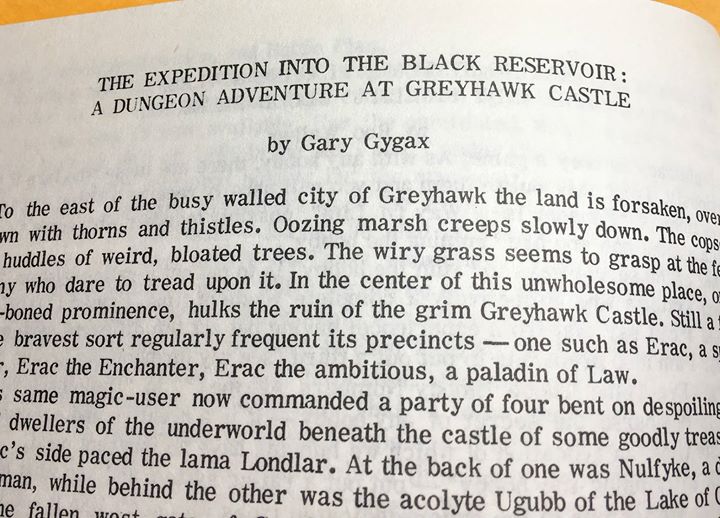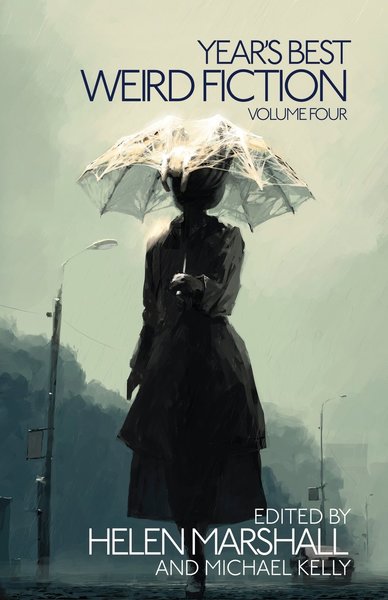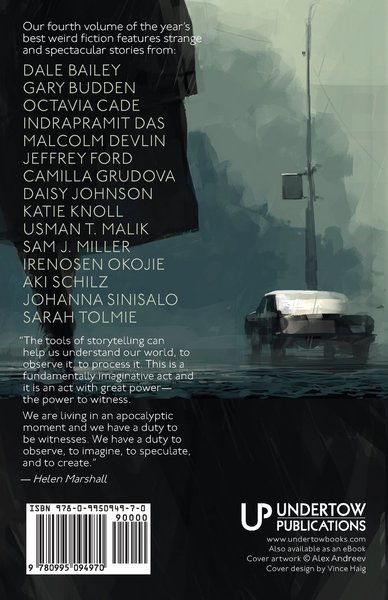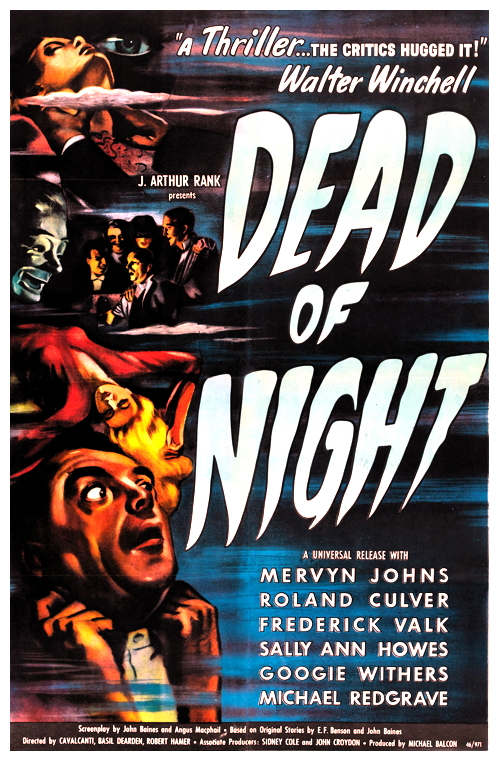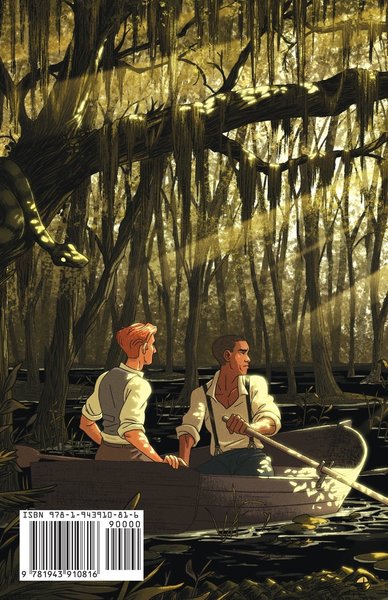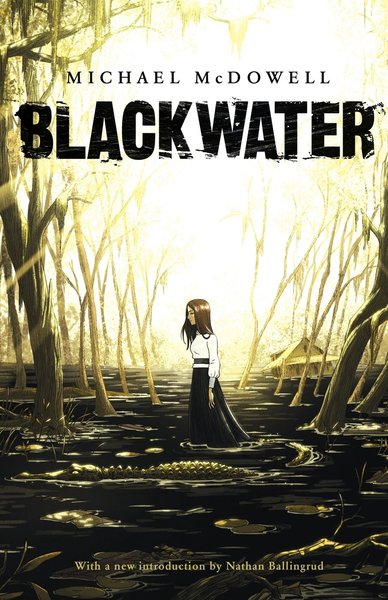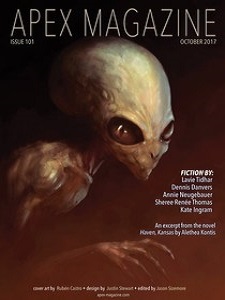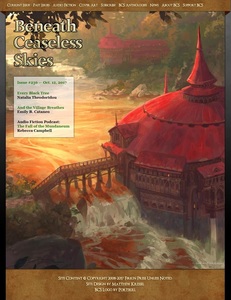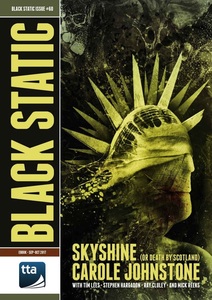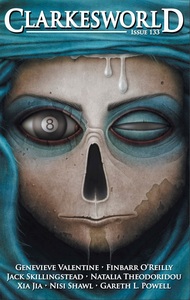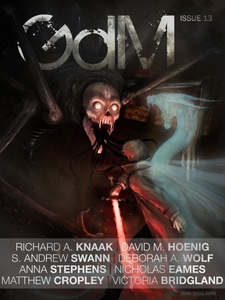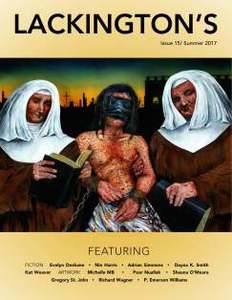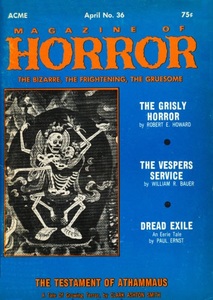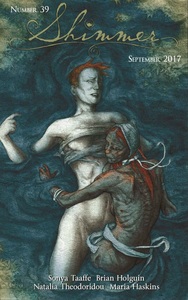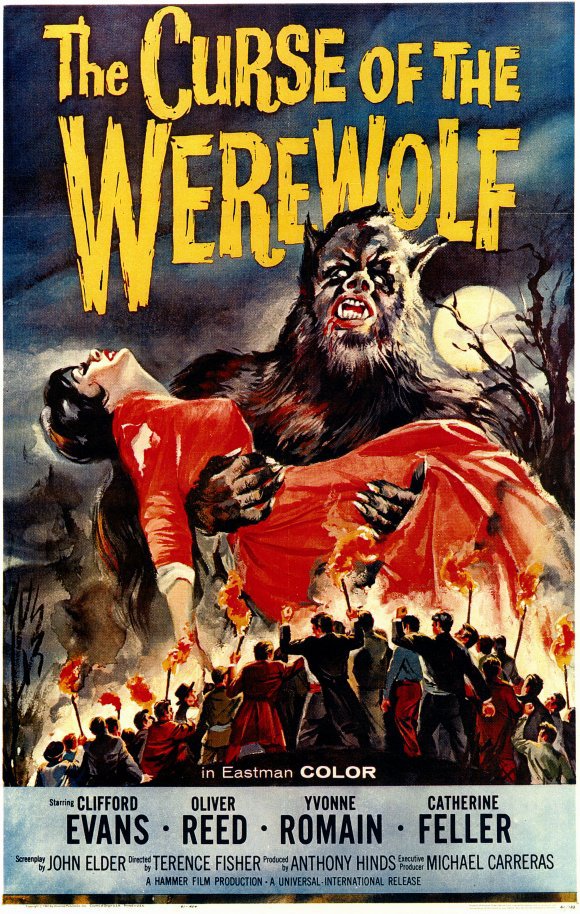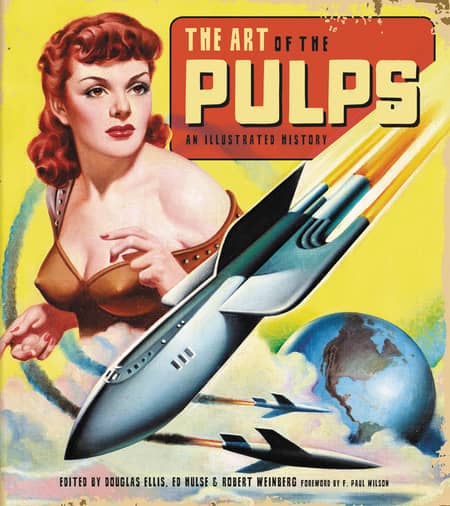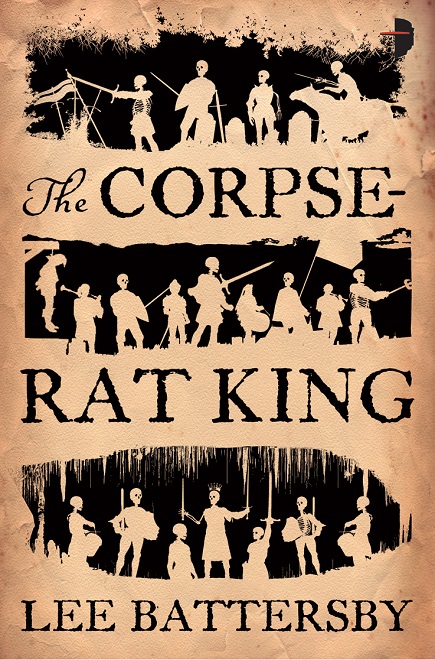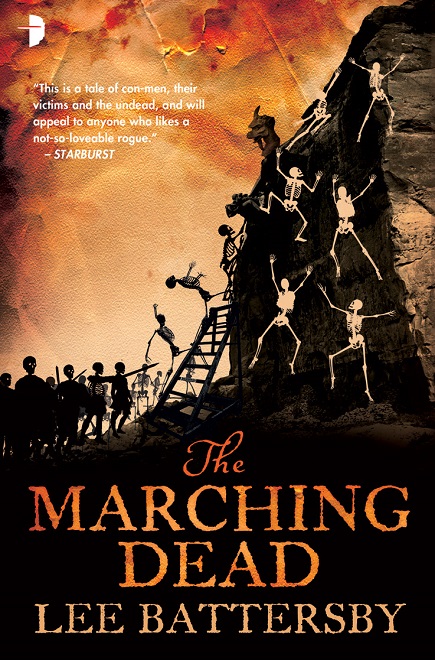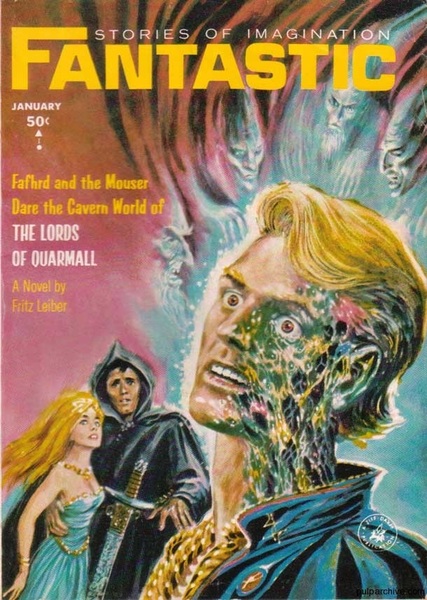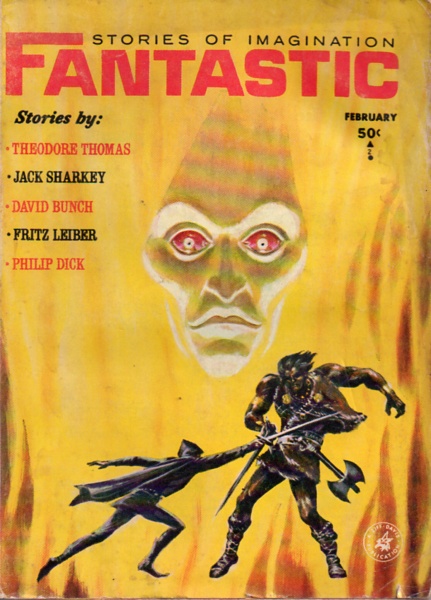The Expedition Into the Black Reservoir: A Dungeon Adventure at Greyhawk Castle by Gary Gygax
The early days of D&D have been chronicled many times, in Shannon Appelcline’s excellent Designers and Dragons books, Michael Witwer’s Empire of Imagination, David Kushner and Koren Shadmi’s Rise of the Dungeon Master: Gary Gygax and the Creation of D&D, and a rapidly growing corpus of gaming history texts. When an era you lived through in your teens now has its own shelf in the history section, you’re getting old.
Still, there are plenty of unchronicled tidbits of gaming history out there, and I stumbled on one this weekend. In 1974 Gary Gygax, strapped for marketing cash for his just-released adventure game Dungeons and Dragons, agreed to contribute two articles to issue 12 of El Conquistador, a Chicago small press magazine devoted to play-by-mail Diplomacy leagues and general wargaming, in exchange for a full-page D&D ad. The first article was “Postal Brotherhood,” a short piece on play-by-mail gaming, a pastime that was already dying (and was fully dead less than two decades later).
The second was vastly more interesting: a four-page story that’s believed to be the first Greyhawk tale ever published.
